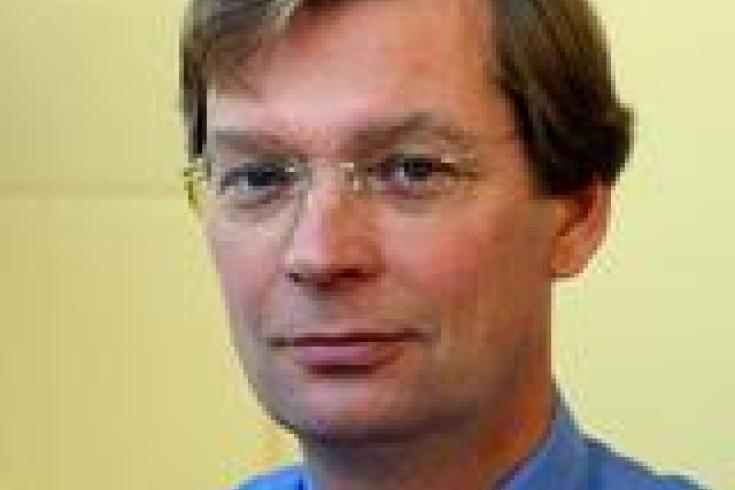New book on CTBT: Nuclear Test Ban - Converting Political Visions to Reality
The 250-page book was formally presented to the public at a reception on 26 February 2009 at the Swedish Ambassador’s residence in Vienna, Austria.
In a nutshell The book provides an overview in layman's language of the long and bumpy road to the CTBT’s creation and implementation. The writers, who were personally involved in this work for more than 25 years, give a unique insight into the challenging international work of establishing a comprehensive global verification regime to monitor the ban on nuclear testing.
“This book is about investments in nuclear disarmament and non- proliferation through efforts over half a century to ban testing of nuclear weapons, the most deadly weapons ever invented”.
The authors presented their book at a reception at the residence Ambassador Hans Lundborg of Sweden in Vienna, Austria on 26 February 2009.
"This book is an excellent overview of the evolution of the CTBT and its verification regime...a thorough and engaging narrative of the long road that led to the CTBT. Their story will appeal to both the layman and the expert and provide useful lessons for future negotiations on disarmament issues."
Who will read the book? Professionals in political, diplomatic, military areas, politicians and their staff; scientists and graduate students in political science; researchers at institutions in security related fields; NGOs; journalists; laymen with a background and interest in security politics.
The Authors The authors are eminent scholars from the Netherlands, Norway and Sweden who have been intimately involved with the CTBT and the work of the CTBTO, from their inception to the present day.
“A stirring recount of the struggle for the CTBT. Only through the perseverance and decade-long dedication of experts like Ola Dahlman, Svein Mykkeltveit and Hein Haak, the CTBT is now coming within reach.”

Table of contents
| Chapter 1 | To test or not to test… |
|---|---|
| Chapter 2 | Monitoring technologies |
| Chapter 3 | A long journey to a treaty |
| Chapter 4 | The Treaty |
| Chapter 5 | The birth of an organization |
| Chapter 6 | Establishing the verification regime |
| Chapter 7 | Testing shows high performance |
| Chapter 8 | National technical implementation of the CTBT |
| Chapter 9 | The CTBTO Preparatory Commission and the PTS - an organizational perspective |
| Chapter 10 | The CTBTO Preparatory Commission and the world |
| Chapter 11 | Always too early to give up |
25 Feb 2009